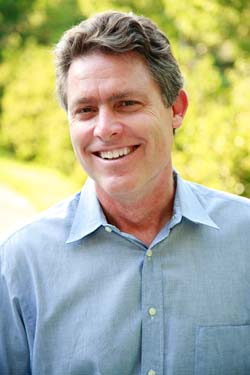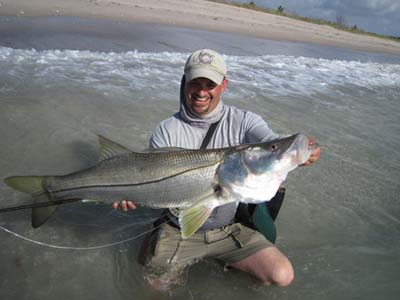Audubon Florida State of the Everglades Spring 2015
By Eric Draper, Executive Director Audubon Florida
[dropcap]O[/dropcap]n a recent trip to Cape Sable in the Everglades, Audubon staff watched in horror as incoming tides seeped into the sawgrass marsh. Even more disturbing was the outgoing tide – the water rushed out of the wetlands in a river flowing to Florida Bay. The sawgrass that had occupied the area had yielded to the seawater.
As the tide changed, all that was left behind was an ever expanding mudflat, devoid of vegetation and freshwater species. This loss of Everglades wetlands, like so many things, is made worse by the works of man. In this case, canals trenched from Florida Bay into the interior lakes.
Audubon’s Everglades Science Team is working to support restoration efforts that would plug the canals and keep the saltwater out of the Glades. A healthier habitat will better support important species like Tricolored Herons and Reddish Egrets.
I thought about that trip last month as I joined President Barack Obama in Everglades National Park for Earth Day. The President discussed the importance of restoration to reduce impacts of climate change and protect water resources. His talk left me determined to keep pushing for the funds and projects that will restore freshwater flows and reduce saltwater intrusion.
Overwhelming voter approval of the Water and Land Conservation Amendment demonstrated widespread support for protecting our natural resources. I am proud of Audubon’s role in putting the Amendment on the ballot and winning 75% voter approval. Audubon chapters led the state in volunteer petitions collected and we contributed considerable time and money to its passage. One of Audubon’s top priorities for use of Amendment 1 dollars is securing the rest of the land needed for Everglades restoration projects. From the headwaters of the Kissimmee River, to coastal wetlands in Miami-Dade County, land is needed to store, treat, and move freshwater south.
Efforts to secure land for water treatment and storage south of Lake Okeechobee reflects the best of conservation advocacy, but the worst of the political system. Despite calls to action, the opportunity to acquire a reservoir site using an existing contract between a state agency and U.S. Sugar was voted down in May.
The Legislature retains the authority to spend Amendment 1 funds. But as I write this letter, the state’s budget remains at an
impasse. Audubon has endorsed an idea to reserve a fourth of Amendment 1 funds for the Everglades – about $5 billion over
20 years. Those funds, coupled with matching federal dollars, should cover the costs of the highest priority restoration
projects. This includes storage and treatment of water from Lake Okeechobee.
On behalf of Audubon’s Everglades team – our science and policy staff and wonderfully committed board leadership – I pledge
that we will keep pushing policy makers for the best solutions. Twenty years from now I want to see the Everglades marshes wet with freshwater and resilient in the face of sea level rise. With your support, I believe that will happen.
Click here to get the full report . . .




